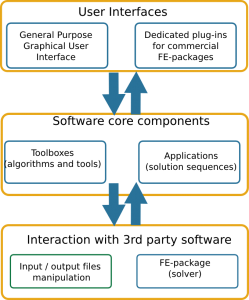If you run your own business, employing any kind of contractor can represent a significant cost so to get the best value for money you need to choose a reliable electrical contractor who offers a high quality service at a reasonable price. Although this might sound too good to be true, it is possible -provided you know what to look for.
Pay less for your electrical contractor, and pay more later
When searching for an electrical contractor it can be very tempting to go for the cheapest quote. However, some businesses undercut on price but then fail to deliver on the project so regardless of the size of your project, you’ll end up paying twice: once for the shoddy workmanship and then again to have the workmanship repaired by another contractor.
The best way to avoid this pitfall is to think carefully about whether the contractors you have shortlisted have a proven track record: are they happy to give you a couple of references and is there any feedback about them on public media? The proposal they submit can also be a useful indicator of their expertise and any contractor worth their salt will give you a considered, detailed proposal which includes a thorough analysis of your requirements. Don’t immediately disregard quotes which are more expensive as you many find that you’re more satisfied with the outcome.
Design and build can offer a cost-effective solution
If you’re considering a major installation project, considering a contractor that has the expertise to fit the installation but to maintain and design it too can help to reduce costs significantly. Not only will the help to reduce costs but you’ll also find that your project is handled in a cohesive way and you’ll only have one point of contact to deal with should any problems or issues arise. Opting for a design and build contractor will not only help to reduce pressure upon the project manager, you’ll also find that the project itself runs more smoothly as the whole solution is thought through by all involved.
Best practice is important
Industry standards are there to protect you and with this in mind you should check that the electrical contractor you choose has the relevant qualifications. There are a number of schemes including NICEIC and ECA, for example. Reputable electrical contractors like DualTec will be recognised under an industry standard scheme and shows that they are committed to providing an excellent level of service and expertise.
Choosing an electrical contractor you can rely on
Whist quality is undoubtedly very important; a contractor who can deliver a project on time and on budget is worth their weight in gold. Project creep can cause no end of problems, not least in spiralling costs, so check customer reviews to see if there’s ever been an issue with the contractor you’re considering using. Remember that a decent electrical contractor will not only take care over a project, they’ll make sure it’s completed on time too. We would recommend that you visit www.dualtec.co.uk

